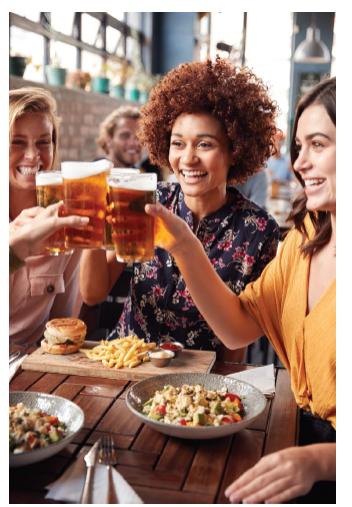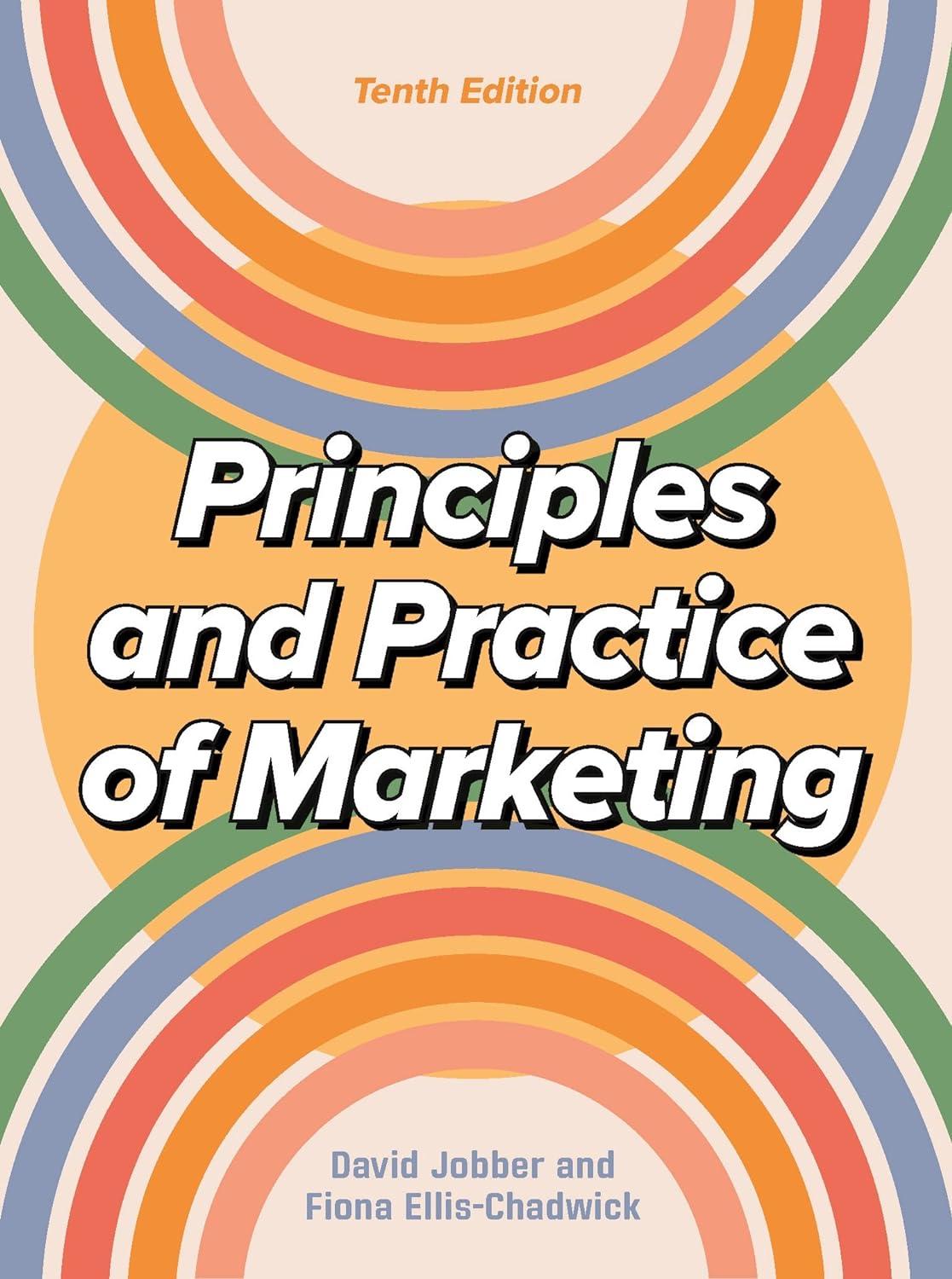Around the world, beer consumption patterns have changed as consumers needs have evolved. Growth in conventional beer
Question:
Around the world, beer consumption patterns have changed as consumers’ needs have evolved. Growth in conventional beer sales is stalling, as an increasing number of people become more focused on health and well-being (EUCAM 2018). A growing push among consumers to live healthier lives has completely refocused the food and drinks industry over the last few years. Consumers shop differently, cook differently, eat differently and drink differently. The shift towards health and wellness has shaken up the alcohol sector, and resulted in rising demand for no-alcohol beers and low-alcohol beers (NABLABs) (Kowitt 2017). No-alcohol beers are generally considered as those under 0.5 per cent ABV, while low-alcohol beers are considered as those between 0.5 per cent and 3 per cent ABV. ABV refers to ‘alcohol by volume’ and is a standard measure of how much alcohol (ethanol) is contained in a given volume of an alcoholic beverage (expressed as a volume percentage) (Arthur 2016).

A Growing Segment
The global beer market is set to increase by US$88.70 billion between 2020 and 2025, progressing at a compound annual growth rate (CAGR) of 2.45 per cent during the forecast period (Technavio 2022). According to Nielsen, NABLAB is a big and fast-growing beer category, having increased by 147 per cent since 2015–that’s a 30 per cent uplift year on year (Anonymous 2020). And the future looks bright for NABLABs as it is predicted that the non-alcohol beer category alone will grow annually by 8.7 per cent between 2021 and 2025 (IBEC 2022). This rate of growth has made the category a major priority for big brewers. The industry had little choice but to act, as increasing demand for these products is pushing the brewers into action. Currently, alcohol-free beer accounts for about 2.4 per cent of overall beer consumption, but despite such a low base it is expected the move towards health will make NABLABs one of the fastest-growing categories of beers (The Economist 2021). Zero-alcohol and low-alcohol beers may be a niche market for leading global brands like Budweiser brewer Anheuser-Busch InBev, Heineken and Carlsberg, but these big brewers have introduced zero-alcohol and low-alcohol beer brands to appeal to wider markets. Anheuser-Busch InBev, the biggest of the brewers, aims to make a fifth of its sales from low-alcohol and no-alcohol beers by 2025, investing in new products such as Budweiser Zero, the alcohol-free version of its famous brand (EUCAM 2018). Meanwhile, lots of well-known beer brands, such as Heineken, Carlsberg, Brew Dog, Peroni, Stella Artois, San Miguel and many more, have recently introduced low-alcohol and no-alcohol versions of their classic beers (Jeffreys 2022). There is growing evidence that the industry is taking this category seriously as the first major European trade event dedicated to noalcohol and low-alcohol beverages is scheduled to take place in 2023. The two-day event promoting healthy living and the mindful consumption of alcohol will take place on 3 and 4 April 2023 at the Taets Art and Event Park in Amsterdam, and it’s expected most of the big global brewers will be present (Bayley 2022).
Questions
1. Suggest what to consider when marketing NABLABs to millennials.
2. Discuss the main challenges facing brewers in the NABLAB segment. What can companies and brands do to overcome these challenges?
3. Choose any one no-alcohol beer or low-alcohol beer that you are familiar with. Identify the positioning of this beer, i.e. its target market and differential advantage. How is the beer’s positioning communicated?
4. NABLABs often suffer from negative public perceptions regarding their image and taste. Suggest how these beers can be repositioned to make them more appealing to consumers.
Step by Step Answer:

Principles And Practice Of Marketing
ISBN: 9781526849533
10th Edition
Authors: David Jobber, Fiona Ellis-Chadwick





